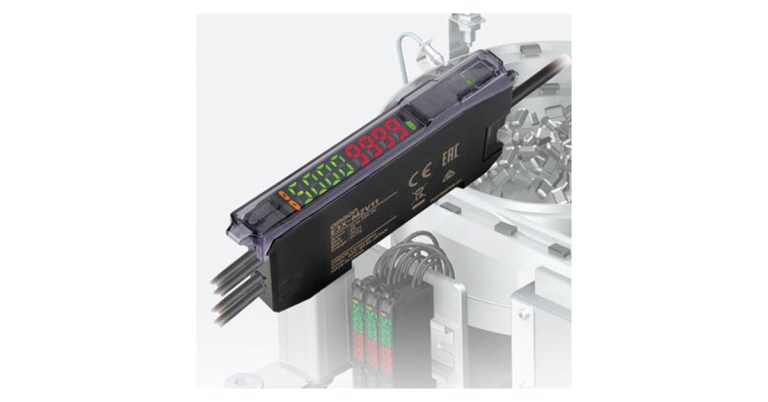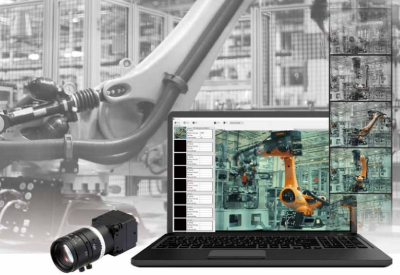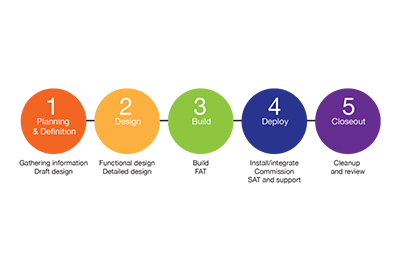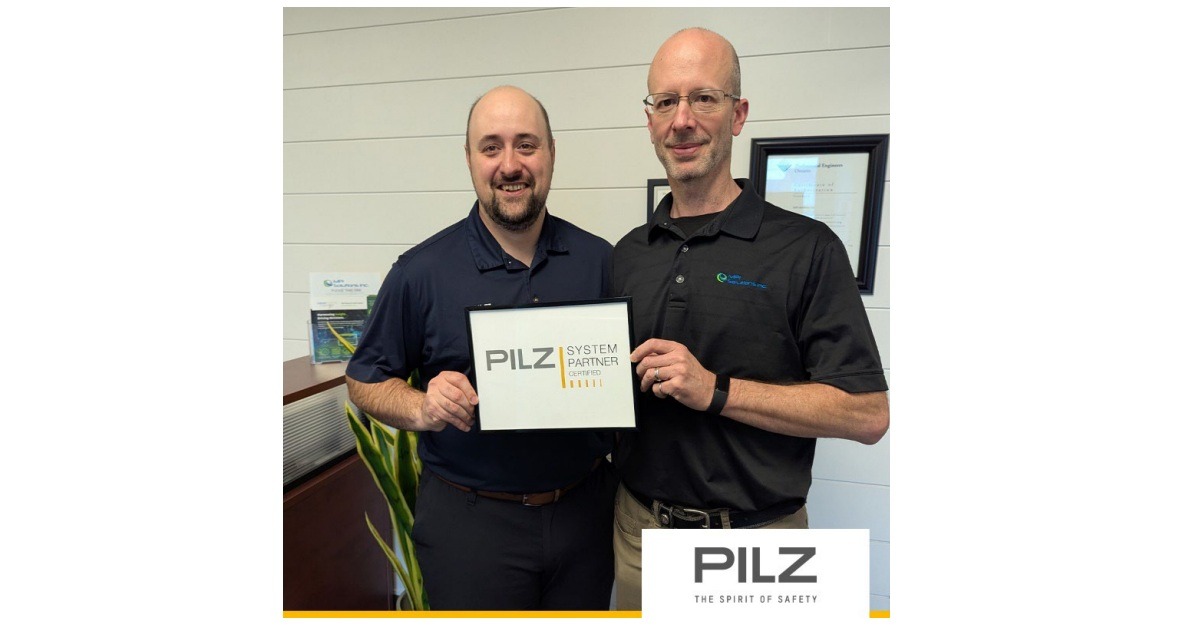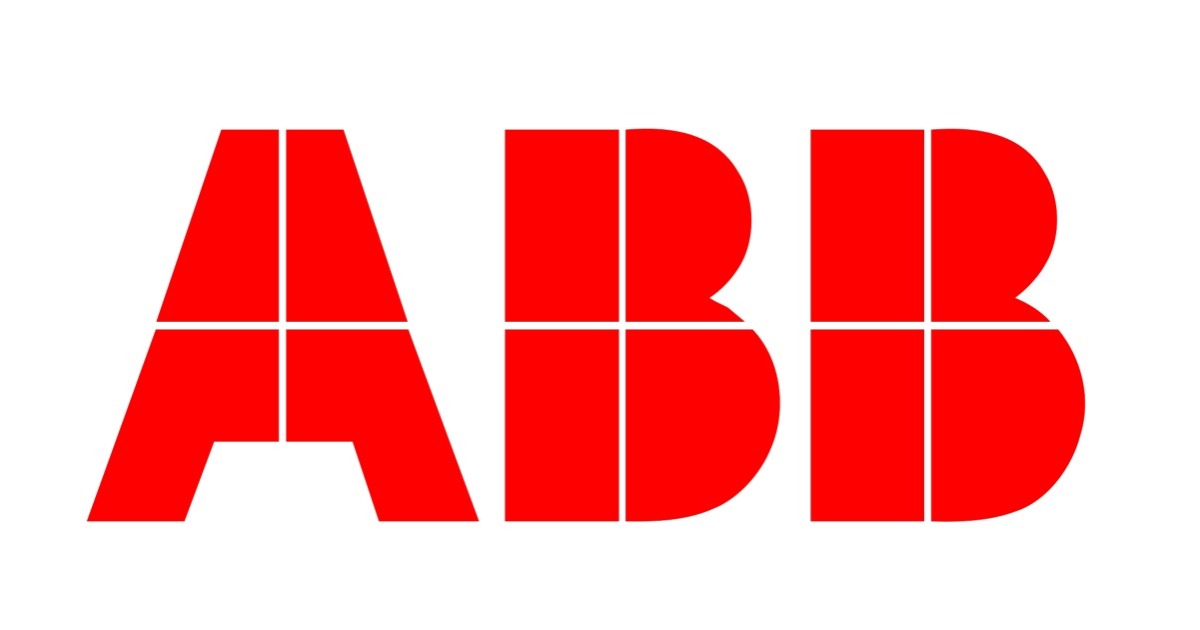Prioritizing Safety: Understanding ISO 15066 and the Importance of Cobot Safety Validation
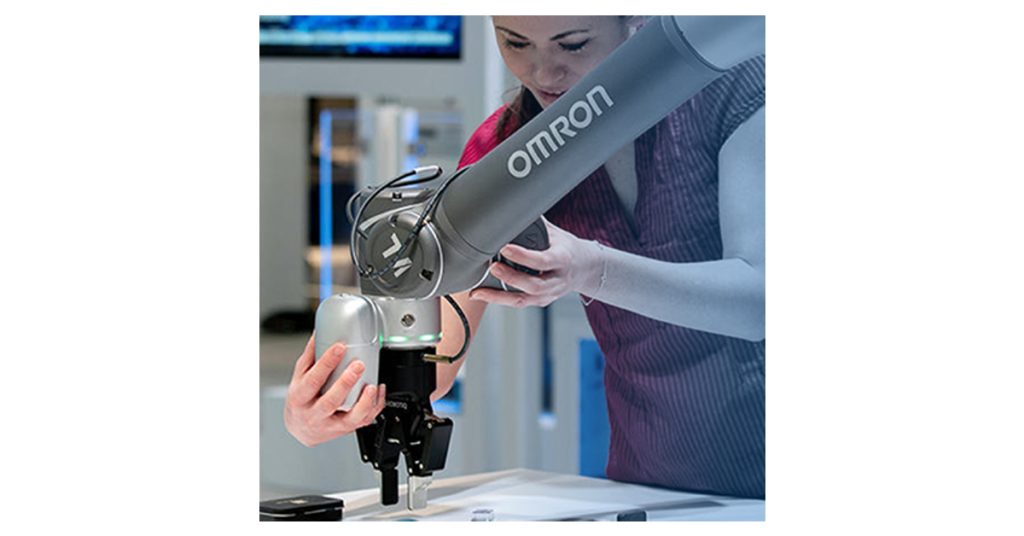
January 4, 2024
Collaborative robots, or cobots, have revolutionized the manufacturing industry by working alongside humans to increase productivity and efficiency. However, with the growing prevalence of cobots, it is crucial to prioritize safety and conduct thorough testing and validation to ensure safe operations. This article will explore the importance of force and pressure measurements and how it can help safeguard your team, minimize risks, and reduce liabilities.
Understanding ISO 15066 and its role in cobot safety
While collaborative robots are designed for close interaction with humans, there is always a potential for accidents and injuries if proper safety measures are not in place. Unsafe cobot operations can lead to severe consequences, including worker injuries, regulatory fines, downtime, legal fees, and increased insurance costs.
The potential risks associated with unsafe cobot operations should not be underestimated. One of the most significant risks associated with using cobots is the potential for excessive force or pressure which can lead to a range of problems, from minor traumas like sprains and strains to more severe incidents such as broken bones.
Understanding and following relevant safety standards is crucial for safe cobot operations and necessary to ensure compliant operations and avoid costly consequences. ISO 15066 is one of the safety standards providing guidelines for the safe use of collaborative robots. It specifically focuses on the limits for force and pressure that cobots can exert during operation. Adhering to ISO 15066 helps ensure compliant operations, protect employees from harm, and minimize liabilities.
Ensuring cobot compliance with ISO 15066
Regular assessments and testing should be performed to ensure cobot operations are within permissible limits according to ISO 15066. By conducting force and pressure testing, you gain essential data which identifies potential safety issues with cobot operation and allows you to proactively make necessary modifications to your cobot settings, minimizing the risk of injuries and accidents in the workplace.
Properly calibrated and well-maintained equipment along with accurate force and pressure measurements are essential to providing a safe workplace as required by OSHA. When done correctly, prioritizing cobot safety can create a safer work environment while still achieving maximum efficiency. A safe work environment not only boosts productivity but also enhances employee morale and satisfaction.
By partnering with a trusted provider, you can ensure that your cobots operate within safe limits and comply with ISO 15066.
You can download Omron’s cobot safety validation flyer HERE.

